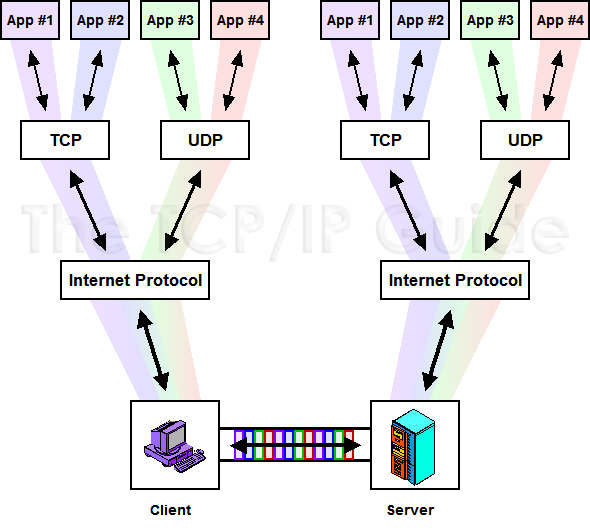 |
|
Please Whitelist This Site?
I know everyone hates ads. But please understand that I am providing premium content for free that takes hundreds of hours of time to research and write. I don't want to go to a pay-only model like some sites, but when more and more people block ads, I end up working for free. And I have a family to support, just like you. :)
If you like The TCP/IP Guide, please consider the download version. It's priced very economically and you can read all of it in a convenient format without ads.
If you want to use this site for free, I'd be grateful if you could add the site to the whitelist for Adblock. To do so, just open the Adblock menu and select "Disable on tcpipguide.com". Or go to the Tools menu and select "Adblock Plus Preferences...". Then click "Add Filter..." at the bottom, and add this string: "@@||tcpipguide.com^$document". Then just click OK.
Thanks for your understanding!
Sincerely, Charles Kozierok
Author and Publisher, The TCP/IP Guide
|
|
|

Custom Search
|
|
TCP/IP Processes, Multiplexing and Client/Server Application Roles
(Page 2 of 3)
Multiplexing and Demultiplexing
Most communication in TCP/IP takes the form of exchanges of information between a program running on one device, and a matching program on another device. Each instance of an application represents a copy of that application software that needs to send and receive information. These application instances are commonly called processes. A TCP/IP application process is any piece of networking software that sends and receives information using the TCP/IP protocol suite. This includes both “classic” end-user applications such as the ones described above, as well as support protocols that behave as applications when they send messages. Examples of the latter would include a network management protocol like SNMP, or even the routing protocol BGP (which sends messages using TCP like an application does).
So, a typical TCP/IP host has multiple processes each needing to send and receive datagrams. All of them, however, must be sent using the same interface to the internetwork, using the IP layer. This means that the data from all applications (with some possible exceptions) is “funneled down”, initially to the transport layer, where it is handled by either TCP or UDP. From there, messages pass to the device's IP layer, where they are packaged in IP datagrams and sent out over the internetwork to different destinations. The technical term for this is multiplexing. This term simply means combining, and its use here is a software analog to the way it is done with signals.
A complementary mechanism is responsible for receipt of datagrams. At the same time that the IP layer multiplexes datagrams from many application processes to be sent out, it receives many datagrams that are intended for different processes. The IP layer must take this stream of unrelated datagrams, and eventually pass them to the correct process (through the transport layer protocol above it). This is the reverse of multiplexing: demultiplexing. You can see an illustration of the basic concept behind TCP/IP process multiplexing and demultiplexing in Figure 197.
|
|
|
| |||||||||||||||||||
Home - Table Of Contents - Contact Us
The TCP/IP Guide (http://www.TCPIPGuide.com)
Version 3.0 - Version Date: September 20, 2005
© Copyright 2001-2005 Charles M. Kozierok. All Rights Reserved.
Not responsible for any loss resulting from the use of this site.








 Key Concept: TCP/IP is designed to allow many different applications to send and receive data simultaneously using the same Internet Protocol software on a given device. To accomplish this it is necessary to multiplex transmitted data from many sources as it is passed down to the IP layer. As a stream of IP datagrams is received, it is demultiplexed and the appropriate data passed to each application software instance on the receiving host.
Key Concept: TCP/IP is designed to allow many different applications to send and receive data simultaneously using the same Internet Protocol software on a given device. To accomplish this it is necessary to multiplex transmitted data from many sources as it is passed down to the IP layer. As a stream of IP datagrams is received, it is demultiplexed and the appropriate data passed to each application software instance on the receiving host.